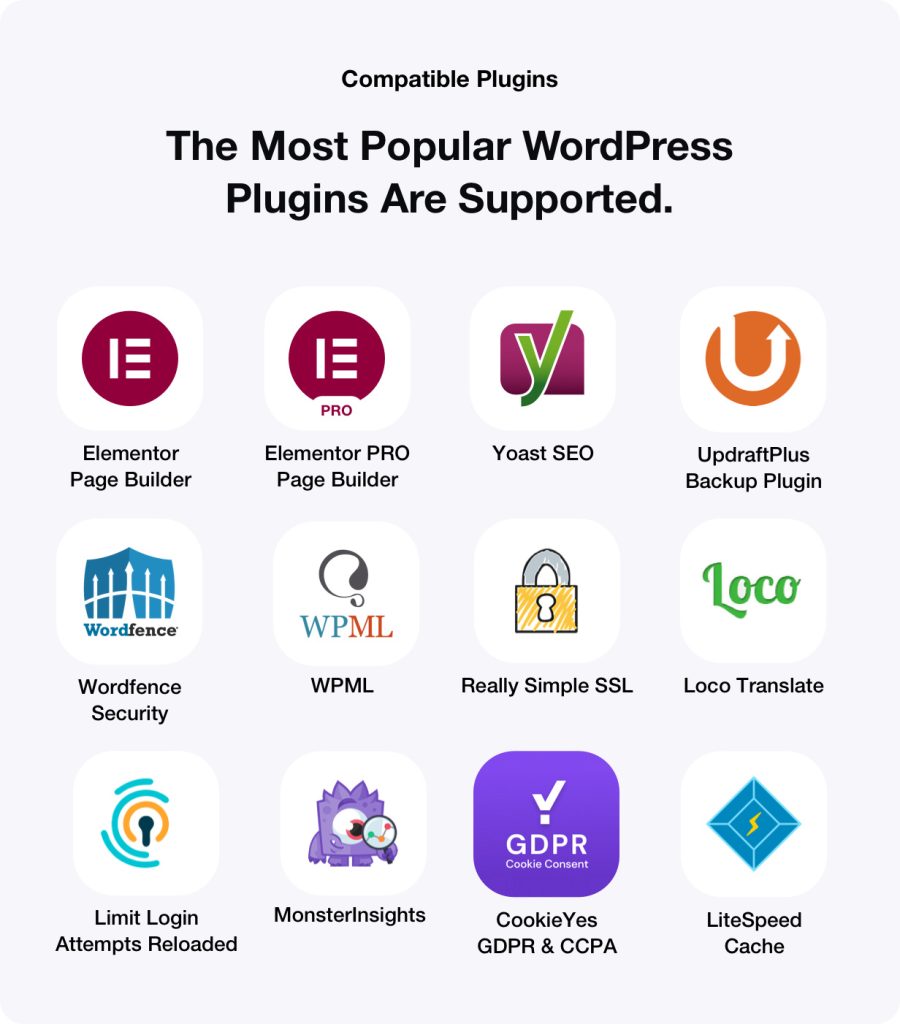Revolutionizing No-Code Development
No-code development has fundamentally transformed how businesses and individuals approach the creation of digital applications and workflows. By enabling non-technical users to build sophisticated software solutions without writing a single line of code, no-code platforms have democratized access to technology. However, when combined with the power of artificial intelligence (AI), no-code platforms take this transformation to a whole new level. AI-driven execution across all stages of development, from planning to deployment, accelerates processes, enhances productivity, and creates more intelligent, adaptive applications.
What is AI-Driven Execution?
AI-driven execution refers to the integration of AI technologies into the process of creating, managing, and optimizing applications, allowing AI to take charge of various stages of development. From conceptualization and planning to design, development, testing, and deployment, AI can guide and accelerate decision-making, automate tasks, and continuously optimize workflows in real time.
In the context of no-code development, AI-driven execution allows users to build applications that are not only automated but also intelligent. These applications can learn from user interactions, optimize themselves, and adapt to changing conditions without requiring manual intervention or complex coding.
The Stages of AI-Driven Execution in No-Code Development
AI-driven execution can enhance every stage of the application development process. Below is a breakdown of how AI can be applied to each phase, making it more efficient, adaptive, and scalable.
- Planning and Ideation
The first stage of any software project is planning and ideation. This phase involves defining the problem, understanding the requirements, and brainstorming potential solutions. Traditionally, this phase relies heavily on human input, but AI can assist in several ways:
- AI-Powered Idea Generation
AI tools can analyze trends, consumer feedback, and market data to help generate new ideas or identify unmet needs. These tools can also provide insights based on historical data or predict future trends, which can help define the features and goals of the application.
- Automated Requirement Analysis
AI can automatically analyze business requirements and generate technical specifications based on high-level goals. By using natural language processing (NLP), AI systems can transform unstructured business requirements into structured development roadmaps.
- Competitor Analysis
AI tools can scrape data from competitors’ websites and apps to provide insights into market trends, features, and functionalities that could be included in the application. This allows for more informed decision-making during the planning phase.
- Design
Designing the user interface (UI) and user experience (UX) is a critical stage in the development process. AI can assist in this phase by automating tasks and making design more intuitive:
- AI-Powered Prototyping
AI tools can automatically generate design templates and prototypes based on user needs and preferences. These tools can analyze similar applications, recommend best practices, and ensure designs are aligned with user expectations.
- Automated User Testing
AI can simulate user interactions and run testing scenarios to detect usability issues. This allows designers to identify potential problems early in the design process and refine the user interface without needing to conduct time-consuming manual tests.
- Personalized User Experience
By analyzing data from past interactions, AI can suggest personalized UI/UX elements for different user segments. This can include tailoring navigation, content, and layout based on user behavior, enhancing the overall experience.
- Development
The development stage is where the bulk of the coding and technical implementation occurs. With AI-driven execution, even this stage becomes much more efficient and less reliant on manual coding:
- Automated Code Generation
AI can generate code based on the visual elements created during the design phase. For instance, AI tools like GPT-3 or similar models can automatically generate backend code for databases, integrations, and APIs by interpreting the design specifications.
- Smart Workflow Automation
AI can create intelligent workflows to automate repetitive tasks such as data entry, data validation, and process management. These workflows are flexible and can be updated dynamically based on business rules and changing requirements.
- Error Detection and Debugging
AI can assist in the debugging process by analyzing code for potential errors, inefficiencies, or security vulnerabilities. AI-powered tools can also suggest code optimizations and improvements to enhance performance.
- Testing
Testing is a crucial phase to ensure the application is functioning correctly and meets user expectations. AI-driven testing can revolutionize this stage by automating testing processes and enhancing accuracy:
- Automated Test Case Generation
AI can automatically generate test cases based on the design and code, ensuring that all possible scenarios are tested. These AI-driven tools can cover more test cases than manual testing would allow, providing more comprehensive validation of the application.
- Intelligent Bug Detection
AI can analyze user behavior and detect anomalies or bugs in real time. For example, AI can identify patterns that indicate crashes, performance issues, or security vulnerabilities that would be difficult to catch manually.
- Continuous Testing and Feedback
With AI-driven execution, testing does not have to be limited to a single phase. AI can continuously monitor the application’s performance after deployment, providing ongoing feedback and triggering new tests when required.
- Deployment and Optimization
Once the application is ready, deployment and post-launch optimization become crucial for ensuring long-term success. AI can make the deployment process smoother and help improve the application after it goes live:
- AI-Powered Deployment Automation
AI can automate deployment tasks, such as version control, scaling, and managing infrastructure. By predicting demand, AI can ensure that the application is deployed in the most efficient way possible, minimizing downtime and improving scalability.
- Real-Time Monitoring and Optimization
After deployment, AI can continuously monitor the application’s performance, gathering data on user interactions, traffic patterns, and server load. AI can identify performance bottlenecks, suggest optimizations, and even automatically adjust system parameters to ensure optimal performance.
- Personalization and Continuous Improvement
AI can use real-time user data to personalize the application’s features and content, continuously learning and adapting based on user preferences. This ensures that the application evolves with user needs and remains competitive.
Benefits of AI-Driven Execution Across All Stages
- Increased Efficiency
AI accelerates the development process by automating time-consuming tasks, from ideation and design to testing and deployment. This leads to faster development cycles and quicker time-to-market for new applications.
- Improved Quality
With AI handling repetitive tasks and conducting continuous testing, the application quality improves. AI-driven error detection, bug fixes, and optimizations reduce the risk of human error and enhance the overall reliability of the application.
- Scalability and Flexibility
AI helps applications scale effectively by dynamically adjusting based on user demand. The ability to analyze performance in real time and make adjustments ensures that the application can handle growth without significant rework.
- Cost Savings
By reducing the need for manual labor and decreasing the time required for development and testing, AI-driven execution lowers costs. This is especially beneficial for small businesses or startups that need to deploy solutions quickly but have limited resources.
- Continuous Adaptation
AI allows applications to continuously learn and evolve. This continuous feedback loop ensures that the application remains relevant, efficient, and responsive to changing user needs.
AI-driven execution is reshaping how we approach the entire application development lifecycle. By integrating AI across all stages—from planning and design to development, testing, and deployment—no-code platforms are becoming smarter, more adaptive, and more efficient. The combination of AI and no-code development empowers users to create more intelligent applications with minimal effort and time investment.
As AI continues to advance, its role in no-code development will only grow, making it possible to build even more sophisticated, personalized, and optimized applications. For businesses looking to stay ahead in an increasingly digital world, embracing AI-driven execution in no-code platforms will be the key to unlocking new levels of innovation, efficiency, and scalability.






















